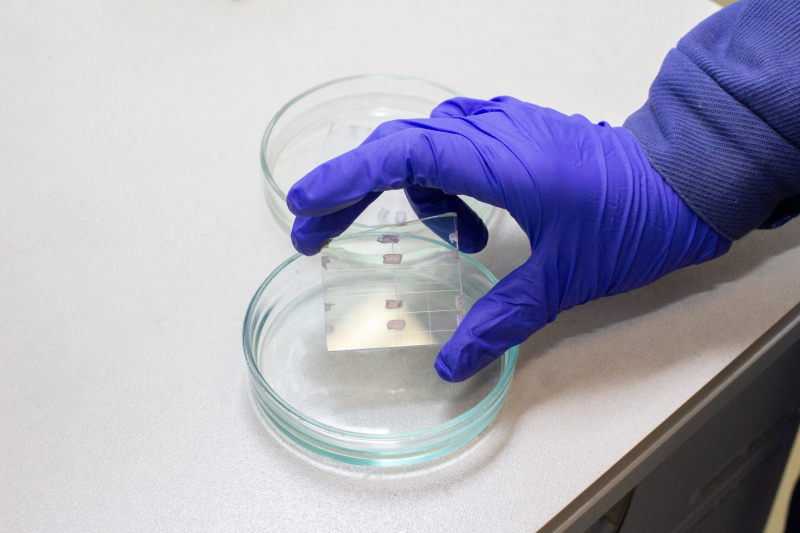Researchers from the ITMO University, in Russia, and the University of Rome Tor Vergata, in Italy, have developed a paste made of titanium dioxide (TiO2) and resonant silicon nanoparticles which they claim can improve light absorption in perovskite solar cells based on methylammonium lead iodide (MAPbI3).
The scientists created a mesoporous electron transport layer based on optically resonant silicon nanoparticles which were then incorporated into TiO2 paste. “Such particles serve as nanoantennae – they catch light and it resonates inside them. And the longer light stays in the photoactive layer, the more of it is absorbed by the material,” said Sergey Makarov, professor at ITMO’s school of physics and engineering.
The silicon nanoparticles are Mie-resonant, which means they are able to create magnetic or electric resonance based on displacement currents. “Thanks to this effect, the nanoparticles can amplify various optical phenomena, including light absorption and spontaneous radiation. In other words, they do work as nanoantennae,” the researchers stated, noting that including them in the cell improves light absorption without reduction of the active material.
Before using the nanoparticles, the researchers considered the electrophysical and optical properties of all layers and the nanoparticles themselves, especially when they are exposed to external radiation and voltage. They then decided not to apply them to the upper transport layer, which would have prevented the light reaching the nanoparticles, as it would have been absorbed by all the layers below, and placed them, via spin-coating, in the next layer after the perovskite, which brought them closer to the light source.
The Russian-Italian group said the paste can be used with any perovskite cell composition and architecture and that it increases manufacturing cost by only 0.3%. “The paste can be easily applied with other methods, not only with spin coating. It’s a raw universal product that can be used in other types of solar cells, as well as in the production of various devices – photodetectors, harvesters, and optoelectronics,” it further explained. “Such production is also environmentally-friendly, as we don’t use any rare materials.”
The developed cell achieved a power conversion efficiency of 21.1%.
The process to produce the paste is presented in the paper Mie-resonant mesoporous electron transport layer for highly efficient perovskite solar cells, published in Nano Energy.
This content is protected by copyright and may not be reused. If you want to cooperate with us and would like to reuse some of our content, please contact: editors@pv-magazine.com.




By submitting this form you agree to pv magazine using your data for the purposes of publishing your comment.
Your personal data will only be disclosed or otherwise transmitted to third parties for the purposes of spam filtering or if this is necessary for technical maintenance of the website. Any other transfer to third parties will not take place unless this is justified on the basis of applicable data protection regulations or if pv magazine is legally obliged to do so.
You may revoke this consent at any time with effect for the future, in which case your personal data will be deleted immediately. Otherwise, your data will be deleted if pv magazine has processed your request or the purpose of data storage is fulfilled.
Further information on data privacy can be found in our Data Protection Policy.